As Spain's ninth-largest city, Las Palmas de Gran Canaria boasts streets lined with statues. Here are 10 to look out for. Some you can't miss; others are a little harder to find.
1.) Triton statue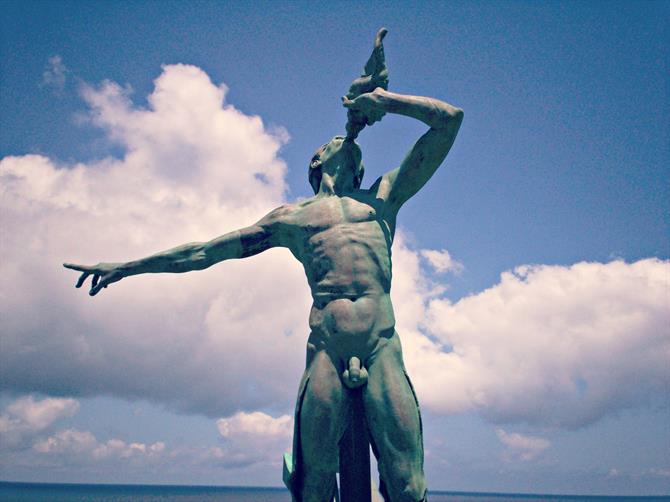
Travelling on the GC-1 from the southern resorts or the airport towards Las Palmas de Gran Canaria, you'll be greeted to the capital by a Greek god. Triton, love child of the god and goddess of the sea, Poseidon and Amphitrite.
The messenger of the sea stands in his birthday suit blowing a conch. He's positioned close to the upper car park at Playa de la Laja. Weighing 6,000 kilos, Triton's nine metres tall and 13 metres long.
Manuel Gonzalez sculpted the statue. Its estimated cost is 300,000€. Triton was unveiled, in all his glory, on the 26th March 2011.
2.) Alfredo Kraus statue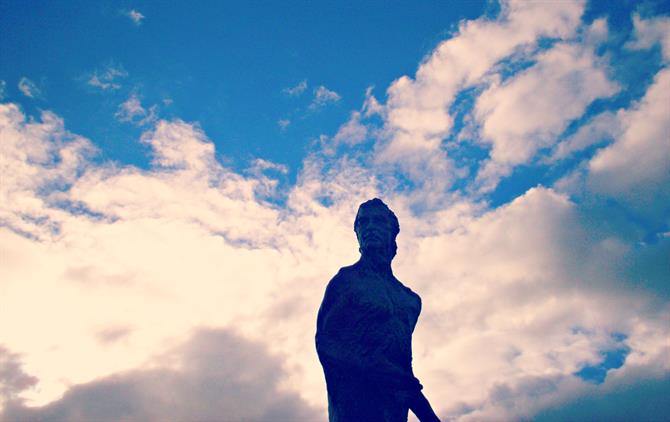
At the most westerly end of Las Palmas de Gran Canaria's Playa de las Canteras, in front of the Auditorio Alfredo Kraus you'll find a statue of the opera singer from which this concert venue takes its name. Alfredo Kraus Trujillo (1927-1999) was a tenor who wowed the audiences with his epic bel canto renditions at the likes of Covent Garden and La Scala.
Madrid-born sculptor Victor Ochoa Sierra completed this monument back in 2001. Crafted from bronze, it extends to a height of 8.45 metres. Appropriately enough, given the statue's beachside location, Ochoa Sierra reimagines Kraus Trujillo as a merman.
3.) David Silva statue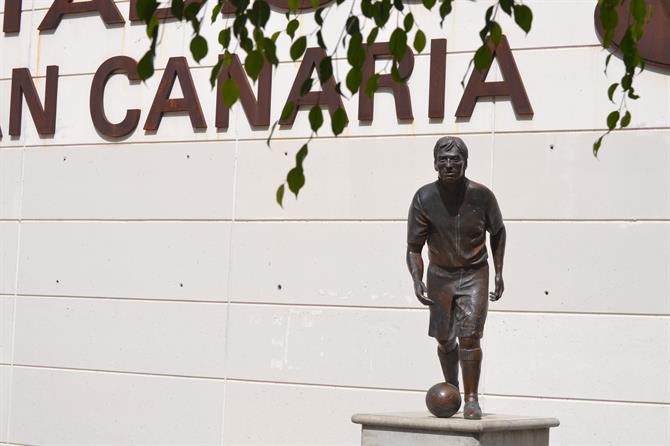
UD Las Palmas, the island's leading football club, play their home games at Estadio Gran Canaria. Outside the east entrance to the ground, you'll see a statue of Gran Canaria's most famous footballing son, David Silva.
Ironically, UD Las Palmas passed up the chance to sign Silva as a youngster as they deemed him too slight. He's since gone on to enjoy fame and fortune with the mainland's Valencia and England's Manchester City. Not to mention winning two European championships and one World Cup with the national side.
4.) Ceñida sculpture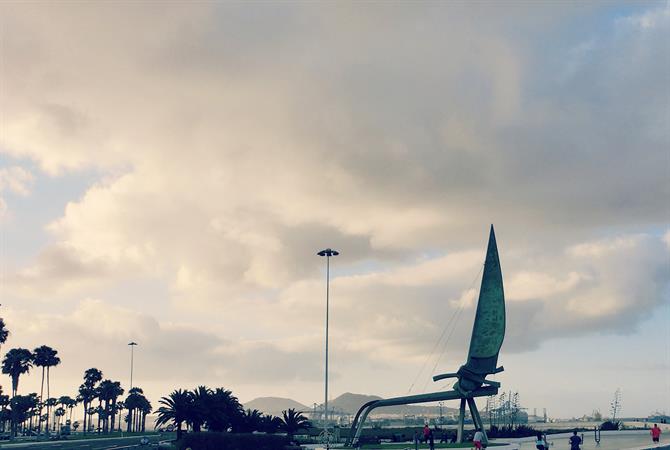
This monument to the popular Canarian sport of vela latina lies on the Avenida Maritima level with Parque San Telmo. A product of the imagination of Juan Antonio Giraldo, it dates back to 1997. The peninsula-born sculptor has lived in Las Palmas de Gran Canaria since 1968.
Vela latina's lateen sailing. Taking advantage of the trade winds, the Gran Canaria capital hosts regattas from April through to October. Which draw enthusiastic crowds to watch the miniature boats with giant sails compete against each other.
5.) Phoenix statue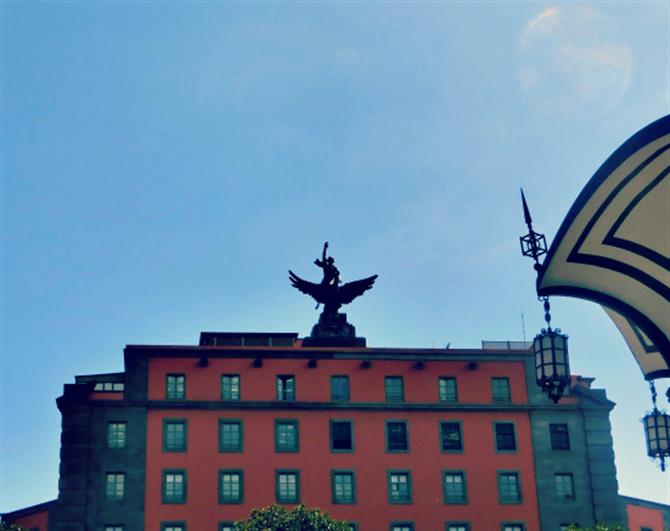
Almost due west of Ceñida, you'll encounter this statue of a phoenix, looking down onto Parque San Telmo below. It was designed by legendary Canarian architect Miguel Martín Fernandez de la Torre and sits atop La Unión y el Fénix Español building. The project included installing two lifts inside and was completed between 1952 and 1971.
6.) Mary Sánchez statue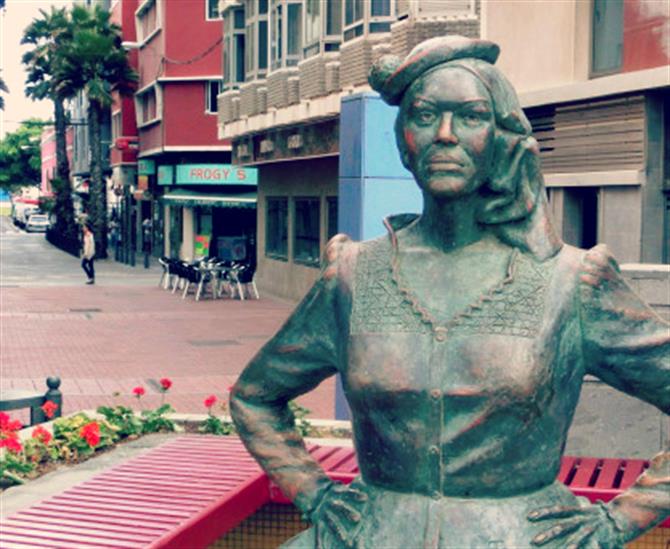
María Dolores Sánchez Ramírez was born on the 4th August 1934 and raised in the El Refugio area of Las Palmas de Gran Canaria, close to the port. Better known by her stage name of Mary Sánchez, she's one of the island's most renowned folk singers. In 1952, she won first prize at Madrid's Regional Song festival with her interpretation of Néstor Álamo's Adios, canaria querida.
The statue you see above is located on the Paseo de las Canteras, the promenade above Las Palmas de Gran Canaria's main beach. The precise spot was chosen because it's close to her childhood home. Hail Mary's performance, she's the one in the ginger hair, alongside Mary Carmen Mulet and the Orquesta Filarmónica de Gran Canaria here.
7.) Lucha Canaria monument
Whilst football's undoubtedly Spain's national sport, lucha canaria (Canarian wrestling) is the most traditional sport of the Canarian islands. Fights take place in a circular sandpit. The object is to topple over your opponent or force from the ring.
The Monumento a Lucha Canaria's a work of art from Santiago Vargas Jorge. Dating back to 1973, its home is the Plaza Juegos Olimpicos de Mexico. Situated above Lopez Socas football ground, it's in front of Mercado Altavista.
8.) Christopher Columbus bust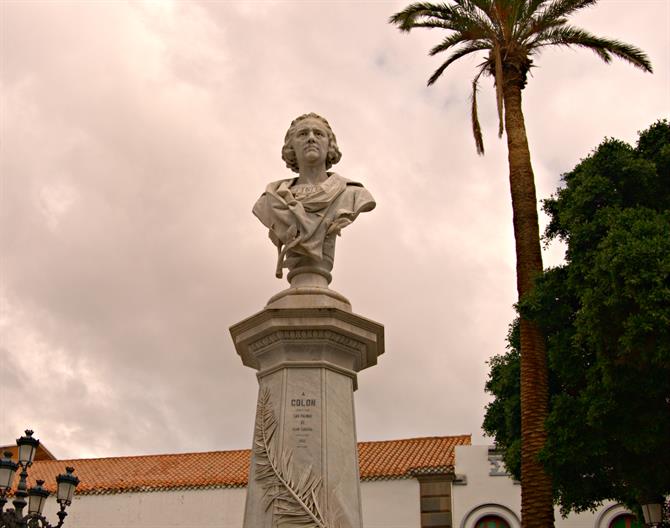
On the 3rd August 1492, Christopher Columbus and crew set sail from the Spanish mainland's Palos de la Frontera in a fleet of three ships. Three days into what would prove a historic voyage, the rudder of one of the ships, the Pinta, broke. And so they docked at Las Palmas de Gran Canaria to repair this.
The famous explorer's time in the city's recognized at a Vegueta musueum, Casa de Colón. It's also commemorated in the neighbouring barrio of Triana. Where you'll find the Alameda de Colón, a small square giving pride of place to a 15m-tall bust of Columbus.
9.) Juguete del Viento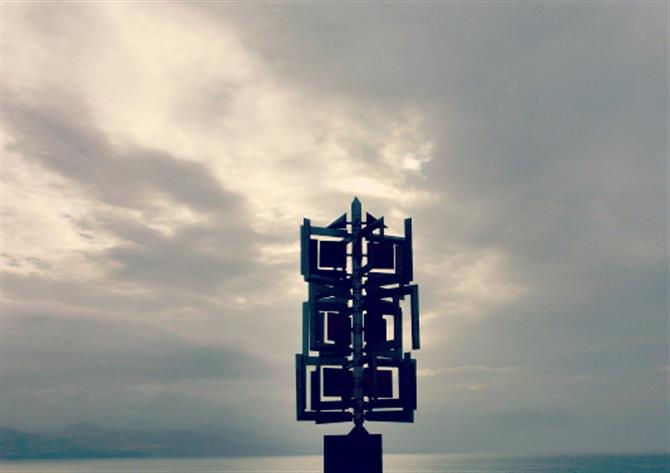
Cesar Manrique's more known for his work on his native Lanzarote and over on Tenerife. However, the Wind toy, effectively a giant mobile, stands (nearly 10 metres) tall above Las Canteras beach at its La Puntilla end. Manrique blended red, blue, green, gold, and black to come up with colourful creation back in 1991.
Because of the ravages of both sea erosion and time, every so often maintenance work needs to be done on the Juguete del Viento. So cosmetic surgery is applied. Rust is removed and the whole sculpture is touched up so it's as good as new.
10.) El Obelisco
25 metres high, El Obelisco dominates the residential Arenales neighbourhood's skyline. Although its architect was Catalan, Juan Margarit Serradell, its design's pure classic Egyptian. 25 metres tall, it took two years to complete and was inaugurated in 1957.
Previously, banana plantations had occupied this space. Youngsters used to nip in and nick the odd banana in common with the classic British tradition of scrumping apples. Nowadays, the nearest bananas farmed in the vicinity of the city centre are in the Barranco de Guiniguida.
